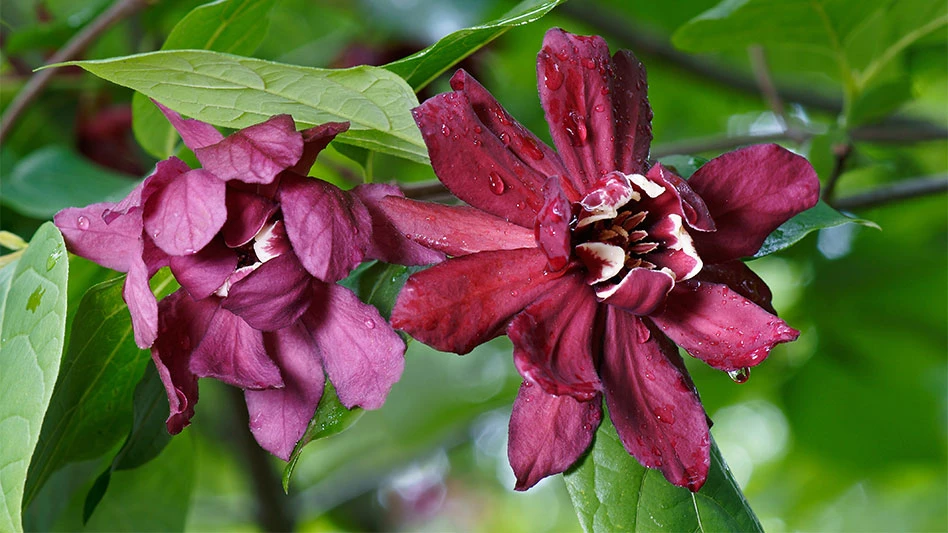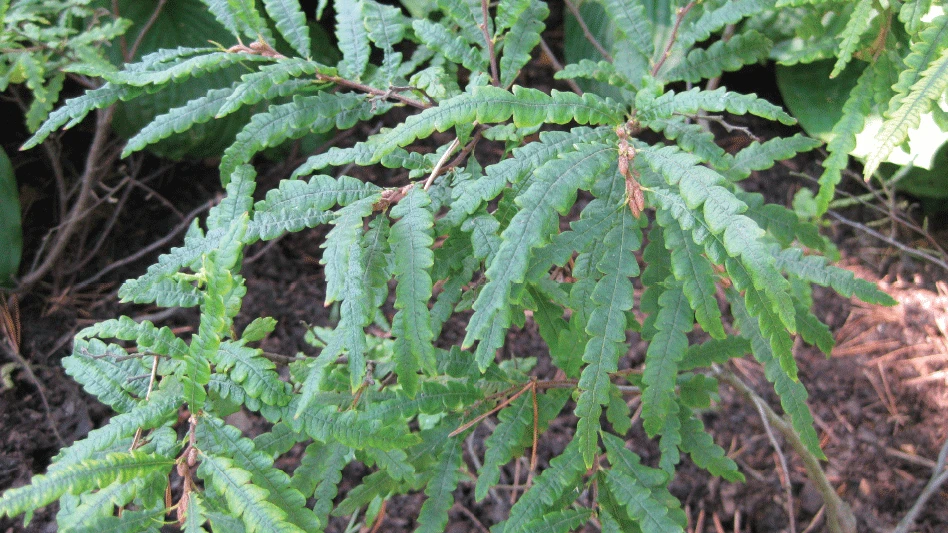 The royal gardener got a raise
The royal gardener got a raise
In late 2011, Buckingham Palace advertised for a royal gardener position for £15,750 annually (roughly $25,000). According to British press no one was biting because the pay was too low. (Of course, I take that with a grain of salt.) Despite a pay freeze across the entire queenly staff, the palace reconsidered and reposted the job at a new salary of £17,000.
It sounds like a pretty sweet deal to me. Here's part of the job listing:
The 39-hour-a-week job comes with accommodation in central London and involves heading a team of three or four gardeners, maintaining the lawns at the palace "to the highest standards" and tending to the shrub, herbaceous and rose borders.
The applicant must have a "keen interest in conservation and organic practices," be willing to conduct wildlife surveys, and will have to carry out "leaf clearing operations on all surfaces, paying particular attention to the shrub beds by not using machinery, which will encourage the development of the wildlife."
The new gardener must hold a formal qualification in horticulture and have "substantial relevant horticultural experience," preferably including ornamental lawns or sports grounds.
[This was my favorite part …] To slightly ease his work, a "long grass policy" is in use over approximately 10 per cent of the Buckingham Palace garden area, allowing 320 types of wildflowers to grow.

What we’ve heard
A dispute that has lasted some eight years was resolved in late 2011, with Cornell University and Landscape Plant Development Center (LPDC) agreeing to recognize the contributions each has made to the development of new plant varieties.
 Diervilla sessilifolia Cool Splash. Photo courtesy of Carolyn’s Shade Gardens. Diervilla sessilifolia Cool Splash. Photo courtesy of Carolyn’s Shade Gardens. |
A patent was obtained by LPDC in 2008 for Diervilla sessilifolia 'LPDC Podaras.' Because of the contributions of LPDC and Peter Podaras, who worked on the plant while at Cornell, the patent will be assigned to Cornell as part of the settlement. Cornell will then exclusively license the plant back to LPDC to be marketed through a license with Bailey Nurseries under the trademarked name Cool Splash.
LPDC will introduce a dwarf physocarpus, while Cornell through an exclusive license with Ball Horticulture is launching Buddleia Flutterby series and Physocarpus Gumdrop series.

Explore the January 2012 Issue
Check out more from this issue and find your next story to read.
Latest from Nursery Management
- How impending tariffs and USDA layoffs impact the horticulture industry
- Shifting the urban environment
- These companies are utilizing plastic alternatives to reduce horticultural waste
- How to create a sustainable plant nursery
- Lamiastrum galeobdolon ‘Herman’s Pride’
- One of rarest plants on earth: Tahina spectabilis
- Leading Women of Horticulture: Angela Labrum, Bailey Nurseries
- Get to know Pat Reilly with NewGen Boxwood and the American Boxwood Society





